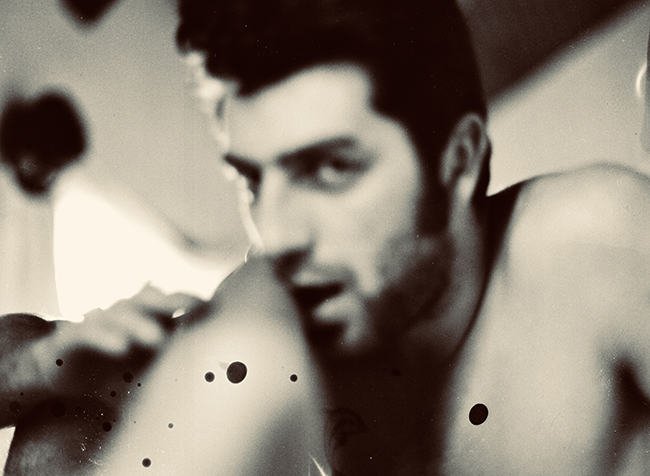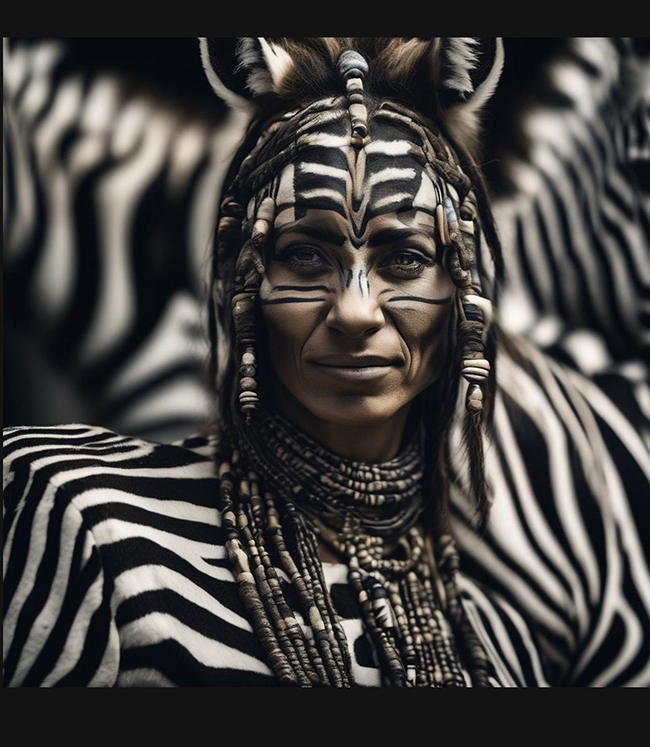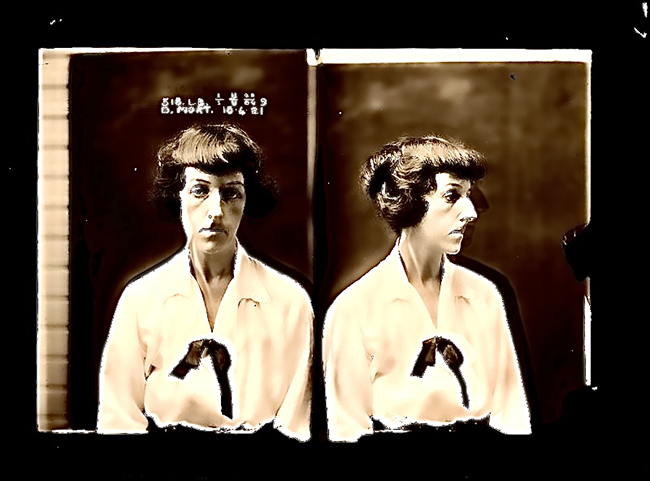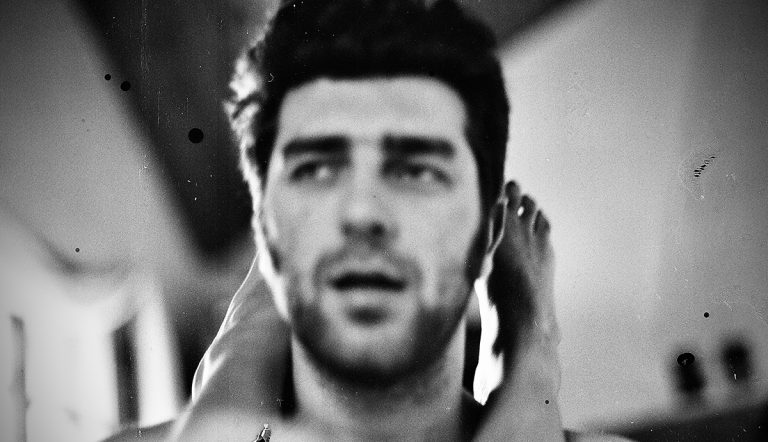Born in 1964 in San Francisco, Camille Ross grew up split between two very different Americas: Berkeley during its politically charged heyday and the quiet backroads of rural Mississippi. That contrast—activism and conservatism, city grit and country silence—runs through her life and her photography. With biracial roots and Cherokee ancestry, Camille has always seen the world from a layered perspective. These intersections show up in her work—not as statements, but as quiet revelations.
Over the years, she’s moved between roles: civil rights activist, educator, and documentary photographer. But the common thread has been observation. She’s not just snapping photos. She’s uncovering what most people miss.
Known for her focus on overlooked stories and vulnerable subjects, Camille’s work has spanned film photography, digital processes, and more recently, AI experiments. She earned her MFA from the Cranbrook Academy of Art. But one of the most pivotal chapters of her life began in the early ‘90s in Paris, where two close relationships sparked one of her most personal series.
Paris, 1993: A Camera, a Loft, and Two Muses

When Camille moved to Paris in 1992, it wasn’t just for the romance of the city—it was about building something. She started the Paris Photography Workshops, where the city became the classroom. She would regularly take students to the Bibliothèque Nationale’s photography archives, where she connected with renowned curator Claude LeMagny.
Claude didn’t just give Camille access. He opened the vault. Through him, she and her students were able to view portfolios by some of Europe’s most important photographers, both past and present. For Camille, it was a goldmine—one that fed both her teaching and her personal work. Back in her large Paris loft, she turned theory into practice, developing film in a shared darkroom with her partner, shaping a curriculum that blurred the line between technique and personal voice.
That loft also became a kind of sanctuary. It was where Camille worked, lived, and created a deep body of photographs, including two series that still stand out.
One was about Taru—her best friend and constant subject. Taru, Paris, 1993 isn’t just about documentation. It’s about trust. Shot in moments of quiet and intensity, the photographs feel like letters between two people who know each other well. Over time, Taru would become a prominent photography critic. Their friendship, rooted in those formative years, never faded. Camille has brought Taru in as a guest speaker in nearly every program she’s taught, and her presence is still there in the way Camille talks about that time—with affection and respect.
The second series centered on her boyfriend during that year. Boyfriend, Paris, 1993 is just as intimate but carries a different kind of emotional weight. The images are soft, not staged. They capture tenderness, hesitation, vulnerability—the kinds of things that surface when someone who loves you is the one holding the camera. These were not studio portraits; they were emotional records.
All of these photographs were created with film. Back then, Camille was still working exclusively in analog, and her approach had a tactile sensibility. She focused on nude photography and would later teach it at the Academy of Art College and the University of New Mexico, where she led the Taos branch. The film from that period has a physical presence—grain, light leaks, fingerprints—and that physicality gives the images weight.
A selection from this Paris era—including Taru, Boyfriend, and others—is being collected for a new book to be published by Afterhours Books. The retrospective will span her early analog work through her digital and AI art, offering a wide view of her photographic path.
The Zebra Tribe: Fiction, Truth, and Belief

Later in her career, Camille took a different turn with The Zebra Tribe, a project that leans into fiction while still holding emotional truth. The series imagines a tribe that reveres zebras as sacred animals—guides, healers, symbols of unity. In her imagined world, people of all backgrounds come together in this shared belief, forming a visual mythology around the striped creature.
Unlike the personal nature of her Paris work, The Zebra Tribe steps into a more symbolic space. But it continues to wrestle with the same questions: identity, connection, and healing. The imagery is theatrical and rich, yet rooted in something very human.

Lady Criminals: Camille Ross Confronts the System
In Lady Criminals, Camille Ross turns her lens toward the overlooked realities of women in the prison system. This New Media project explores how women—many of whom are survivors of sexual abuse, domestic violence, and long-term trauma—are routinely punished instead of supported. Drawing from found mugshots and historical research, Ross brings forward stories where survival itself becomes criminalized.
The series focuses on cases like Aileen Wuornos and Sally McNeil, both of whom endured years of abuse before being condemned by a justice system that ignored their pleas for help. Ross also investigates how gender identity has historically been pathologized, and how photography played a role in labeling and marginalizing women.
Lady Criminals is both an artistic exploration and a searing critique. It challenges the way institutions treat trauma and questions why women are so often held responsible for the violence done to them.
Whether she’s photographing a friend in a sunlit apartment or inventing a tribe out of dreams and symbols, Camille Ross keeps returning to the same inquiry: Who are we when no one’s watching? What do we reveal when we’re not performing?
She doesn’t offer conclusions. Instead, she opens a door. The rest is up to us.

